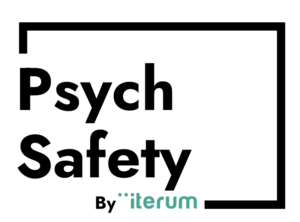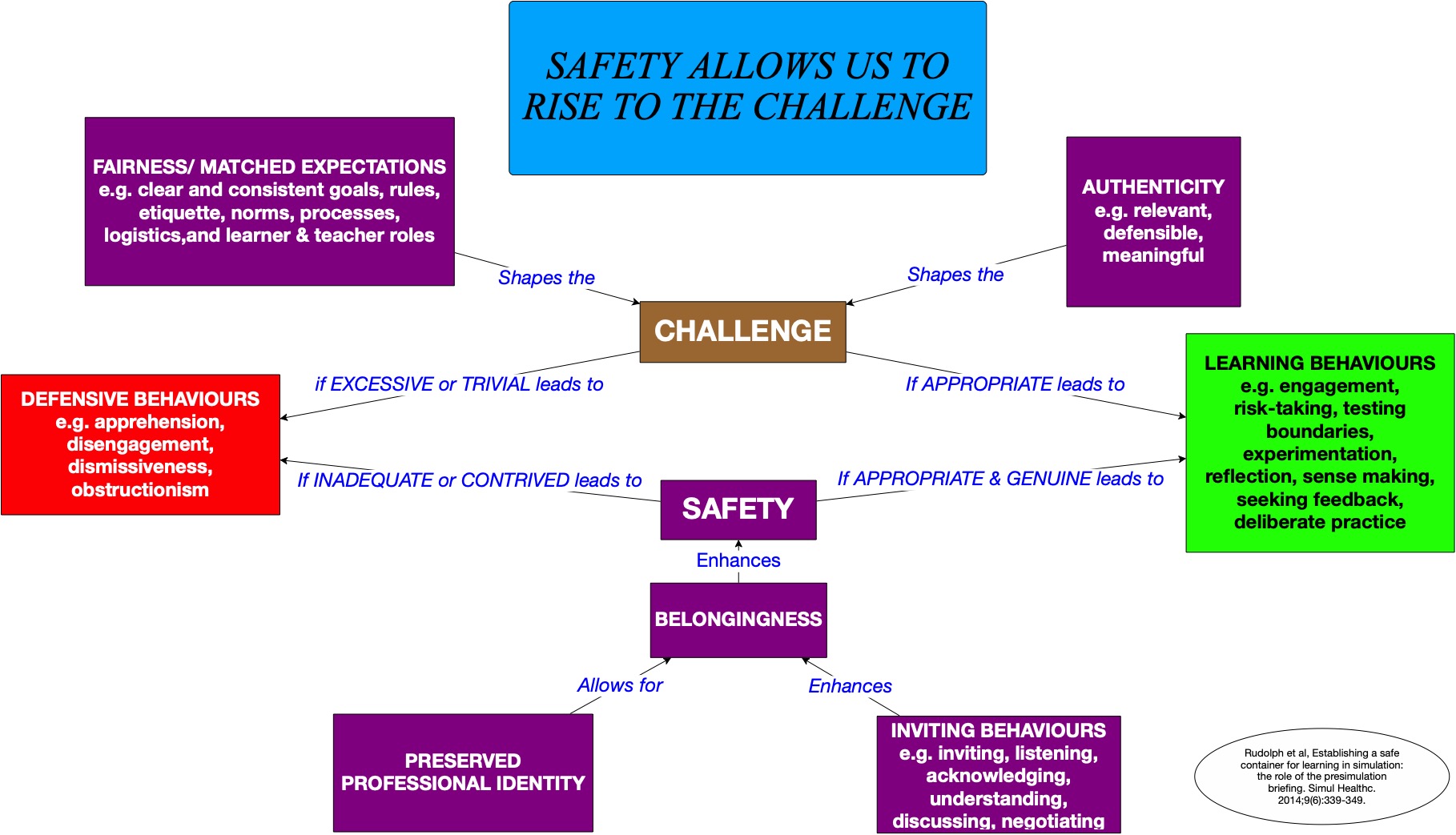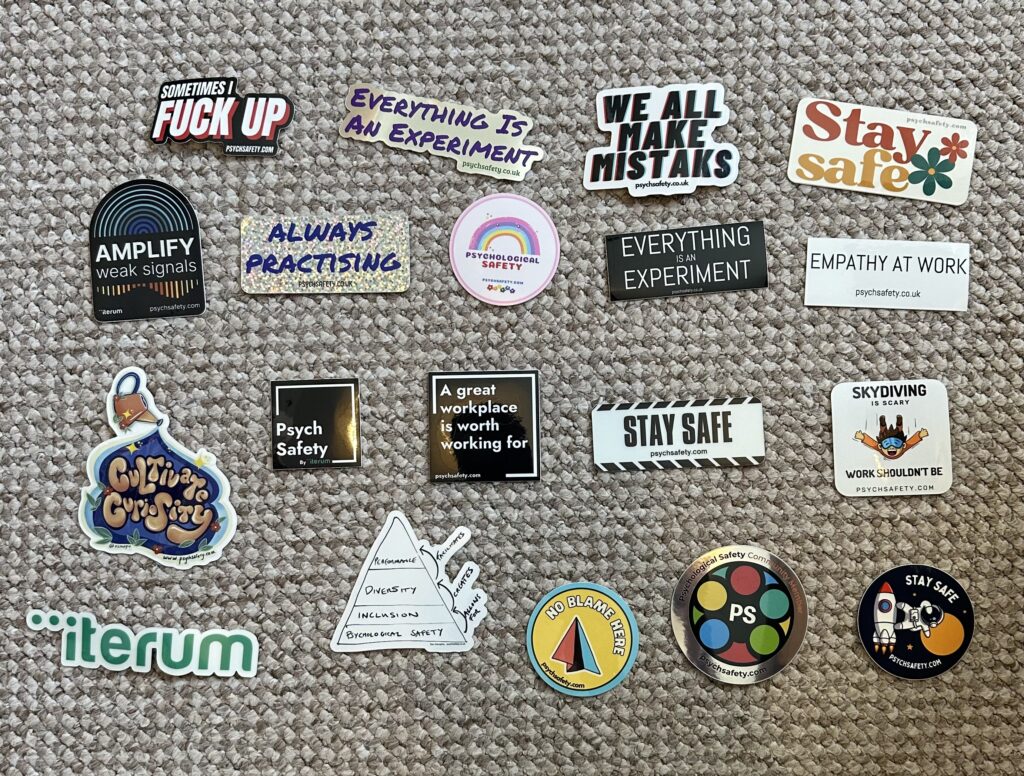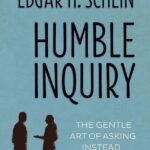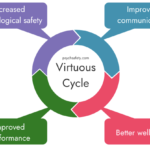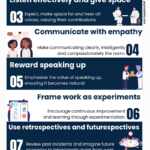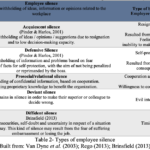
Subscribe to the psychological safety newsletter
-
Join one of our online workshops, or find out about our training and consultancy for organisations.
-
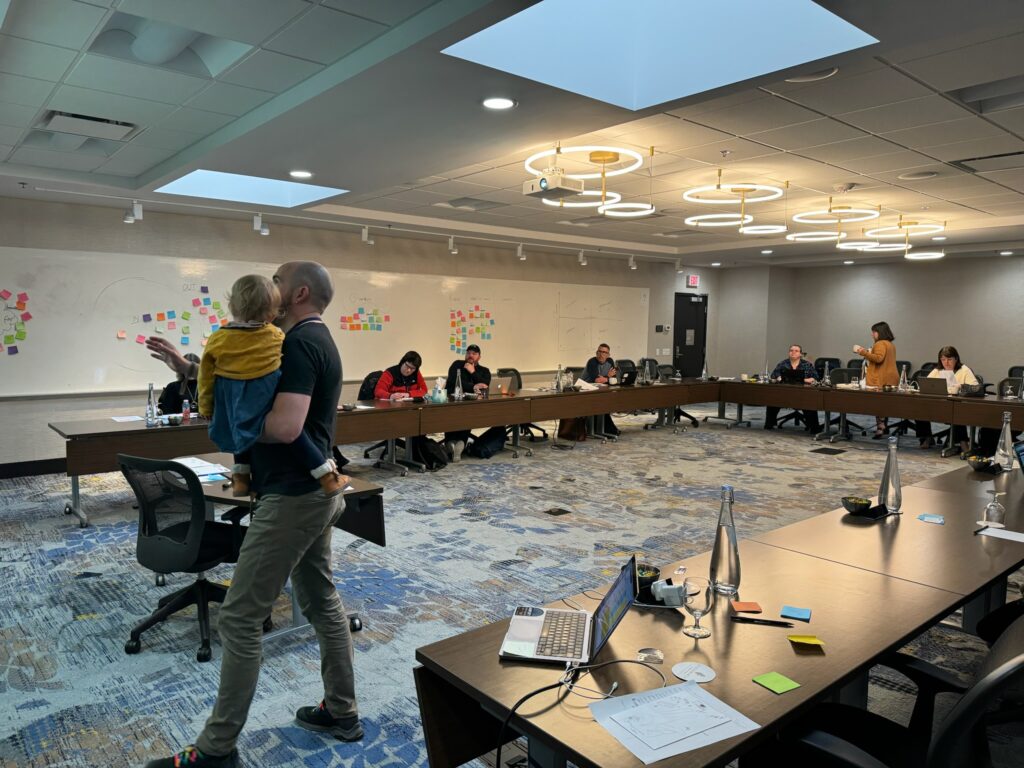
-
Check out our Psychological Safety Practice Playbooks. Including specific practices for Education, Technology, Inclusion and more.
-

Sponsorship and advertising. Reach 10,000 weekly subscribers and 500,000 online visitors with your message in our newsletter.
Categories
Recent Posts
- Being ApproachableOctober 18, 2024
- The Fundamental Attribution ErrorOctober 11, 2024
- The Definition Of Psychological SafetyOctober 4, 2024
- The Seven Deadly Sins of Psychological SafetySeptember 27, 2024
- Can You See The Cat?September 19, 2024
- It's no good having a great culture if you've gone out of business.September 12, 2024
- Building Psychological Safety UpwardsSeptember 6, 2024
- Paul O’Neill: A Psychological Safety Success StoryAugust 30, 2024
- Experiments, bets and probesAugust 22, 2024
- The Johari WindowAugust 16, 2024
- Psychological safety should support DEI, not replace it. August 9, 2024
- Edgar Schein's Humble InquiryAugust 1, 2024
- Psychological Safety and NeurodiversityJuly 26, 2024
- Goodhart’s Law, Campbell’s Law, and the Cobra Effect.July 19, 2024
- The Emergence and Dynamics of Psychological Safety Over TimeJuly 12, 2024
- The HiPPOJuly 4, 2024
- Psychological Safety And WellbeingJune 28, 2024
- The Pac-Man RuleJune 21, 2024
- Top 10 Ways to Foster Psychological Safety in the WorkplaceJune 14, 2024
- Beyond MetricsJune 7, 2024
- The Link Between Psychological Safety and SafeguardingMay 31, 2024
- The Workplace Psychological Safety ActMay 28, 2024
- The Psychological Safety Community RelaunchMay 24, 2024
- DevOps for Psychological SafetyMay 23, 2024
- Non-Violent Communication (or "Giraffe Language")May 17, 2024
- Psychological Safety - A TimelineMay 3, 2024
- Reading Fiction Builds EmpathyApril 26, 2024
- Hard to Say I’m SorryApril 26, 2024
- Types of SilenceApril 19, 2024
- IcebreakersApril 12, 2024
- PACE: Graded AssertivenessApril 5, 2024
- Psychological Safety for StudentsApril 4, 2024
- Psychological Safety is PoliticalMarch 28, 2024
- Google's Project AristotleMarch 28, 2024
- Psychological Safety Newsletter 153March 22, 2024
- Evolution of Leadership and Management in Healthcare: Lessons from Aviation and Crew Resource Management.March 19, 2024
- Can I feel psychologically safe when interacting with a machine?March 15, 2024
- I can say whatever I want! March 15, 2024
- Making it safe(r) to fail in teaching March 8, 2024
- Issue 150: Celebrating Three Years of the Psychological Safety NewsletterMarch 1, 2024
- Psychological Safety Case StudyFebruary 23, 2024
- Psychological Safety and the Ancient WorldFebruary 22, 2024
- Psychological Safety Newsletter #148February 16, 2024
- Affordability Based PricingFebruary 16, 2024
- Civility Saves LivesFebruary 9, 2024
- Being Approachable
